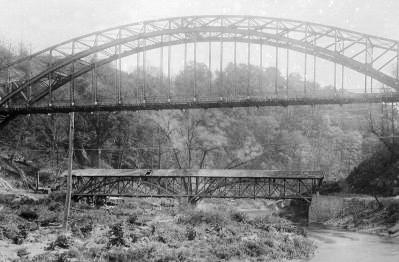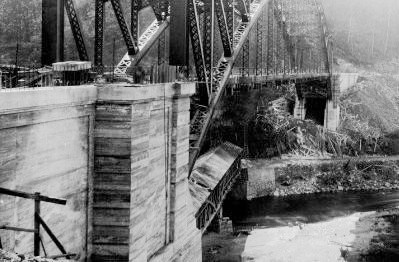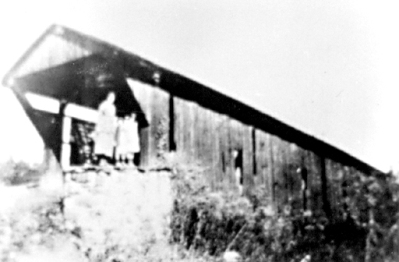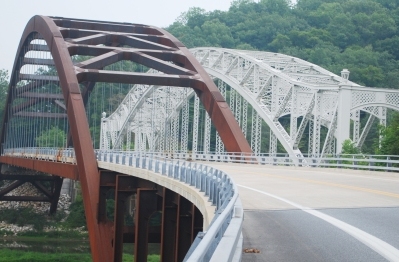A traction engine weighing about five tons and a threshing machine weighing two tons broke through the covered bridge which spans the Gunpowder Falls near Hoffman's old paper mills, about a mile from Jessop crossing, on the Northern Central Railway, eight district, about 7 o'clock Wednesday evening. The engine and thresher and all the attendants fell into the stream, and Emanuel Grimm, aged about twenty-one years, of Oregon, eight district, was instantly killed by being caught between the engine and thresher.



